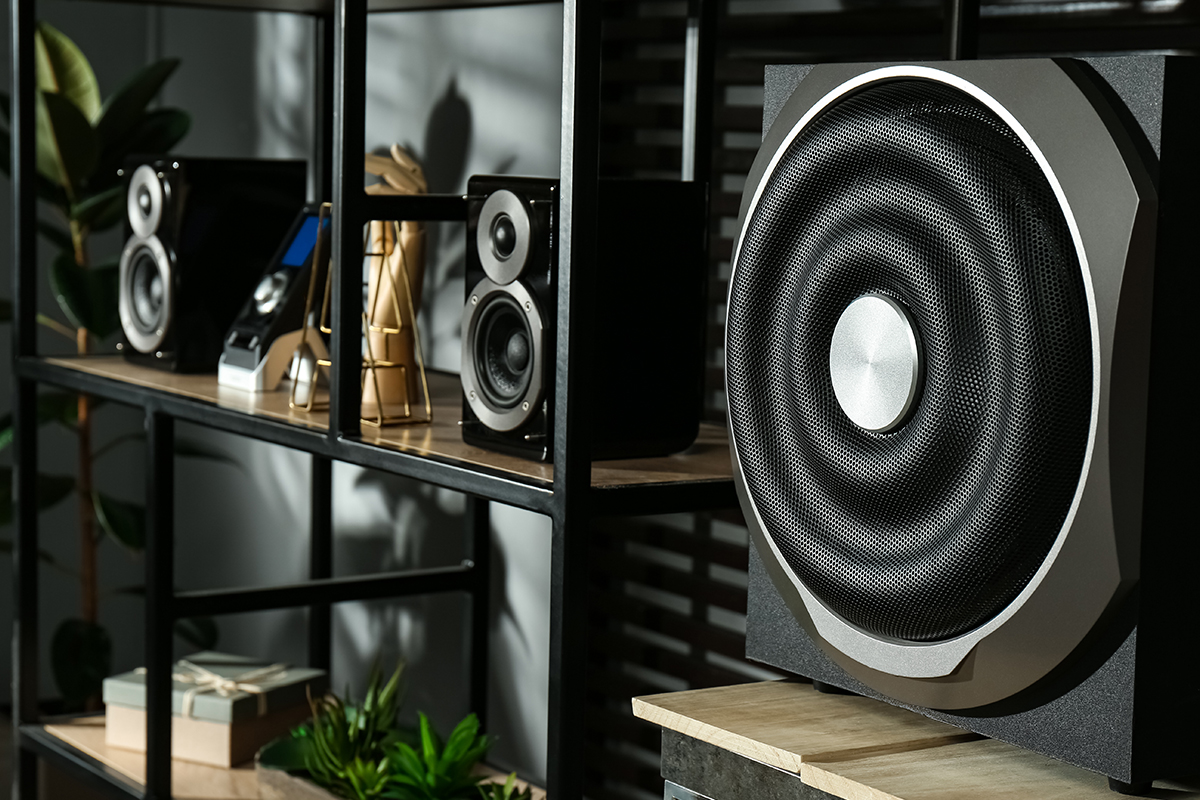Creating a home media center is a great way to organize all your multimedia resources in one place and enjoy movies, music, and games with comfort. A media center allows you to consolidate content into one interface instead of switching between various devices and platforms. Let’s look at how to create a home media center from scratch.
Step 1: Choosing Equipment for the Media Center
The first step in creating a home media center is selecting the right equipment. You will need a media player, display, sound system, and storage device.
Media Player
The media player is the heart of any media center. It is responsible for processing and outputting multimedia content to the screen and other devices. There are many options for media players depending on preferences and budget.
Computer
One of the most flexible and powerful options for a media center is a computer. You can install any software for content playback and connect it to your TV.
Specialized Devices
An alternative could be a specialized media player. This compact device easily connects to your TV and provides quick access to streaming services.
Gaming Consoles
If you already own a gaming console, you can use it as a media player. Consoles support video and audio playback and also provide access to streaming platforms.
Display
For full immersion in multimedia content, you will need a high-quality display. The most popular choice is a 4K TV or higher, which provides vivid images and sharp details.
HDR-Supported TVs
HDR (High Dynamic Range) technology makes the picture more realistic by enhancing contrast and color reproduction. If you enjoy watching movies and series in high quality, this is a useful feature.
Projectors
If you want to create a true home theater, consider purchasing a projector. Modern projectors offer high resolution and a large screen for viewing movies and games.
Sound System
Good sound is an essential part of a media center. Built-in TV speakers rarely provide adequate sound quality. To fully enjoy movies and music, you should consider purchasing an external sound system.
Soundbar
A soundbar is a convenient and compact solution for those who don’t want to install bulky systems. Soundbars offer improved sound quality compared to TV speakers and often support surround sound.
Home Theater System
For those seeking the highest sound quality, home theater systems with multi-channel sound (5.1 or 7.1) provide surround sound and create an immersive audio experience.
Step 2: Organizing Storage and Streaming
Once you’ve chosen the equipment, you need to organize a storage system and access to content.
Network Attached Storage (NAS)
If you have a large collection of multimedia files, movies, music, and photos, a NAS is the ideal solution. A NAS allows you to easily manage media files and make them available for playback on any device in the house. NAS supports streaming, allowing you to watch videos and listen to music without having to copy files to devices.
Streaming Services
Many prefer not to download files onto their devices but instead use streaming services to access movies, TV shows, and music. This is convenient and doesn’t require a lot of storage space. Most modern media players support these services.
Step 3: Setting Up Software
After selecting and setting up the hardware, you need to install software to manage the media center.
Kodi
Kodi is one of the most popular solutions for managing home media centers. It is free and open-source software that supports video, music, photo playback, and streaming content. Kodi allows you to install various add-ons to expand the system’s functionality. The software supports all major multimedia file formats and can be controlled via smartphone or tablet, offering flexible settings.
Plex
Plex is powerful software for home media centers. Its main function is to organize personal collections of multimedia files and stream them to other devices. Plex centralizes access to content, making it available on any device in the house. The software automatically sorts files, adds movie covers, descriptions, and ratings. It also supports remote access, allowing you to view content even when away from home.
A home media center will quickly become an indispensable part of your home, providing convenient access to all multimedia resources.


